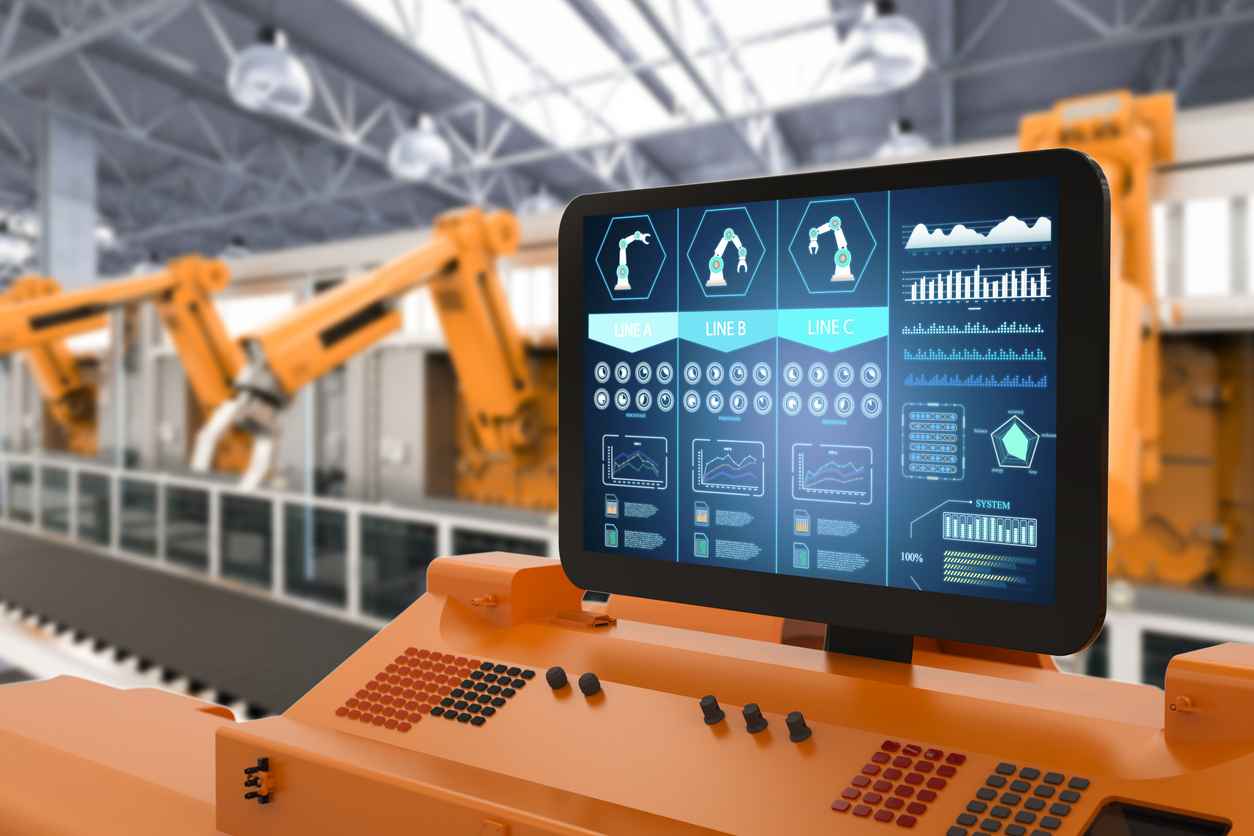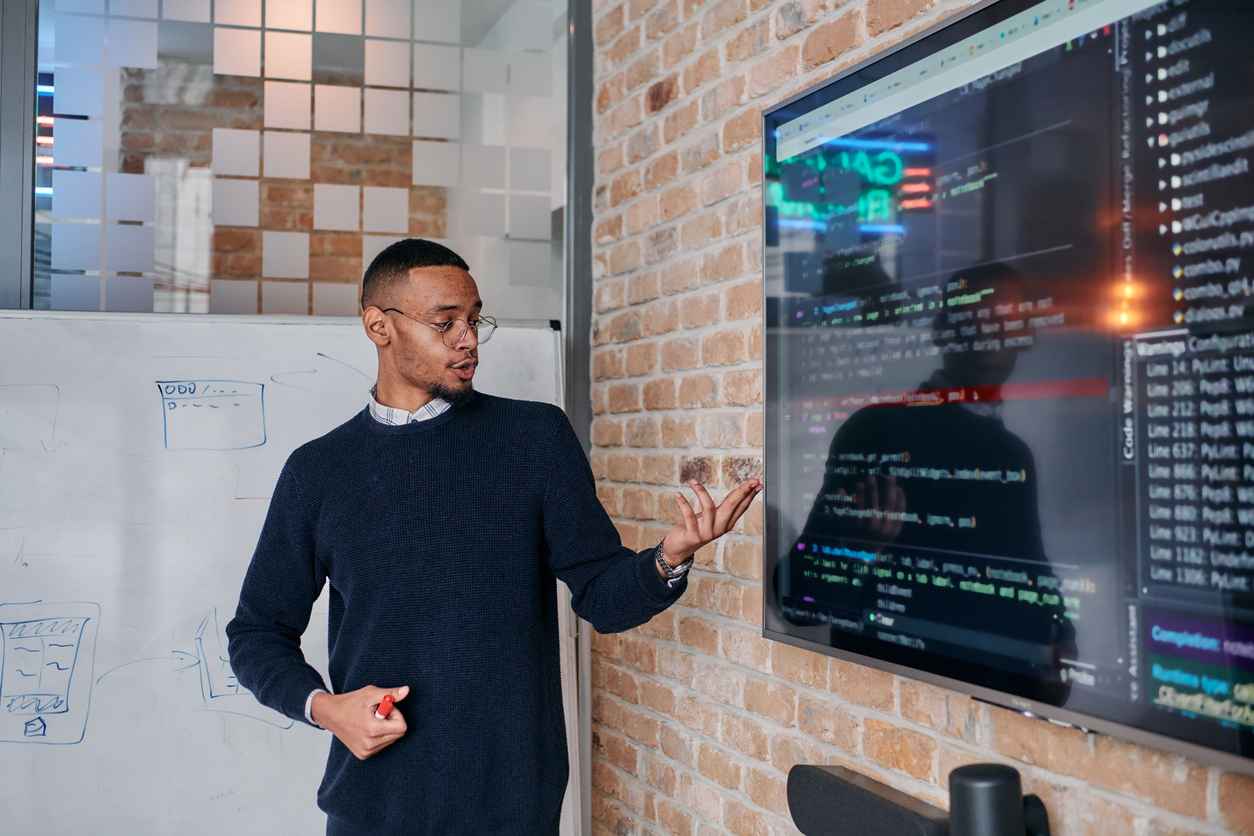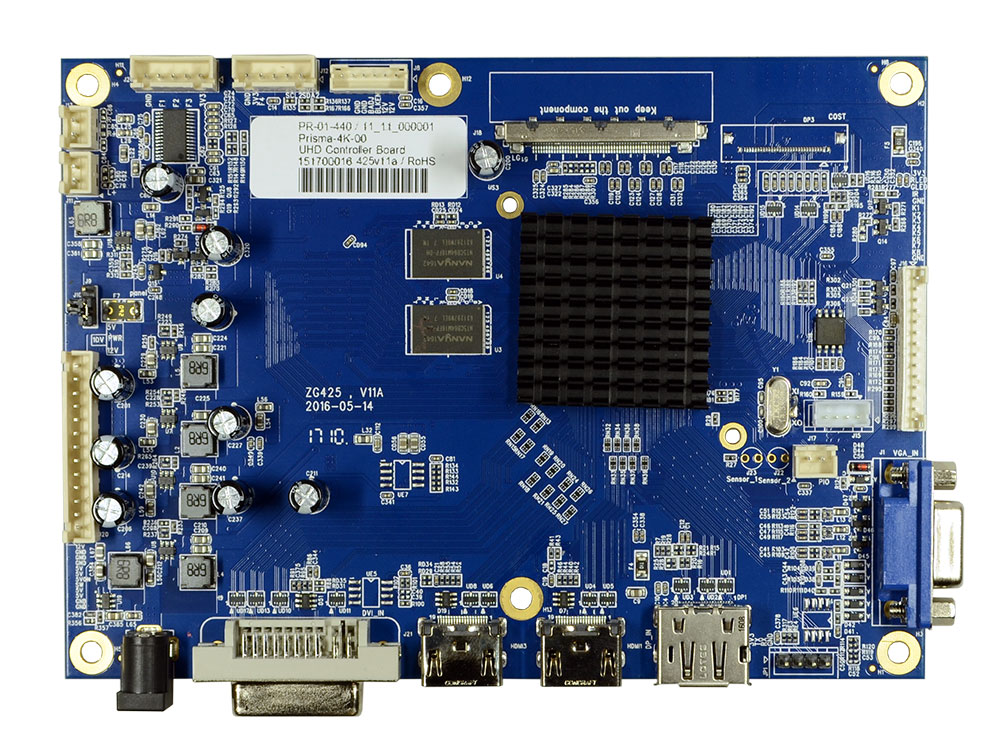
Is There a Difference Between Liquid and Dry Optical Bonding?
June 25, 2018
Fact: optical bonding preserves your custom display and prevents a headache on your end. If you’re looking into this essential procedure, then you’ll notice that there are two types of optical bonding: wet versus dry. Of course, there’s a difference between something being wet and being dry — but is there a difference when it comes to optical bonding? We’re here to crack the code for you here:
The Purpose of Optical Bonding
When it comes to optical bonding, there are two different and unique features of this incredible art form.
Believe it or not, the best way to think of optical bonding is to think of it as laminating a critical piece of paper (or technology, in this realm).
This will not only keep your device safe from harm’s way, but it will also be the best way to maintain your investment.
Liquid Bonding
Ah, the joys of liquid bonding! This is when there is a transparent adhesive that takes the protection panels of this fool-proof plastic and adheres them to the custom touchscreen device.
This will not only be the perfect way to keep everything in place, but a liquid bonding takes what you have and creates a strong bond (hence the name) to give you the ultimate protection you’re looking for.
Unlike dry bonding, liquid bonding uses UV Radiation to solidify the process and give the optical bond you’re looking for. Now, what does that mean for dry bonding? Let us explain.
Dry Bonding
Unlike the depths of the arid desert, dry bonding takes a bit of a different approach to the bonding process; doesn’t use UV radiation, like liquid bonding.
To put it into perspective, think of dry bonding as a sandwich without mayo. This process takes the protective barrier of plastic and uses a combination of pressure and heat to place the panels into your device to protect it. This is indeed another perfect way to keep your equipment intact for the years to come.
The Big Difference
Now, when it comes to comparing both of these two distinct bonding methods, surprisingly, there isn’t a big difference besides UV radiation versus heat + pressure application. In that case, it’s safe to say that optical bonding comes down to personal preference and what you think would be the best solution for your device and business.
As the global leader in optical bonding, Fortec US supports you in all project phases – from the construction of the metal housing and procurement of specific parts to in-house development of controller boards and touchscreen integration. In need of a product, part, or have a project in mind? Contact us today at (631) 580-4360 or click here for more information.
Make sure to follow us on Facebook and Twitter!


The Benefits of Touchscreen Integrated Displays
December 8, 2025

Why Retailers Need Stronger Cybersecurity Strategies During the Holidays
December 5, 2025

Staying Safe This Season: Cybersecurity Tips for Online Shoppers
December 2, 2025

What Makes a Display Industrial Grade?
November 6, 2025

How Display Technology is Shaping the Future of Communication
November 5, 2025

How Prisma TFT Controllers Simplify Display Integration
October 28, 2025


